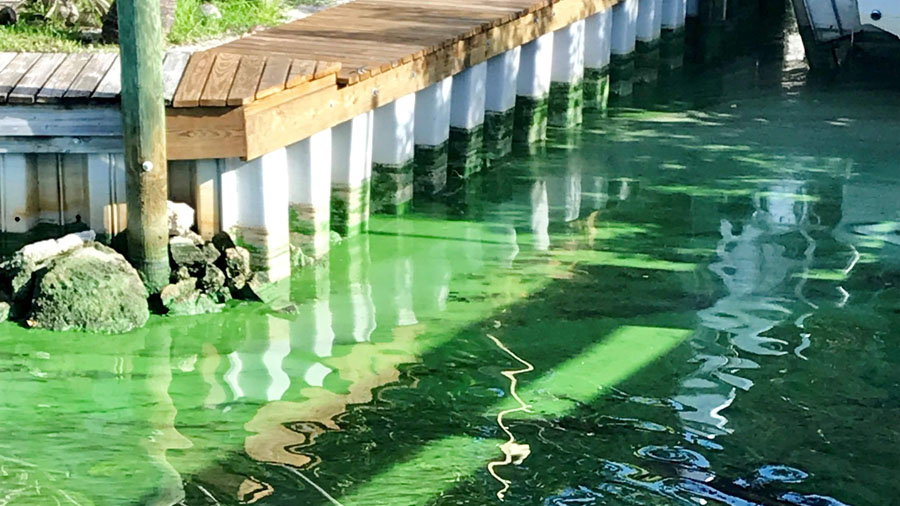The scum of blue-green algae was so thick and invasive in Florida two years ago that it suffocated fish by the thousands. Birds dropped dead. And people stayed out of the water.
Offshore, a toxic swarm of rust-colored flecks known as red tide killed manatees, dolphins, sea turtles and other aquatic animals, their carcasses washing ashore on beaches.
It was a one-two punch that startled environmentalists and underscored the urgency now propelling efforts in Florida’s Capitol to act against algal blooms in lakes and coastal waters.
“We’re excited that the Legislature is finally acting,” said Jaclyn Lopez, Florida director for the Center for Biological Diversity. “But we’re getting impatient.”
As it stands, Florida does not have water quality standards on blue-green algae, the microscopic organisms also known as cyanobacteria. She said such standards could be used to sound the alarm and automatically close beaches and lakes to protect public health.
Continue Reading

























